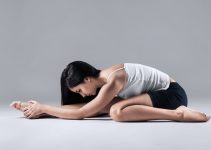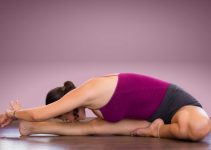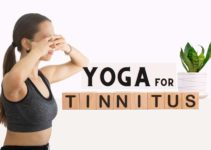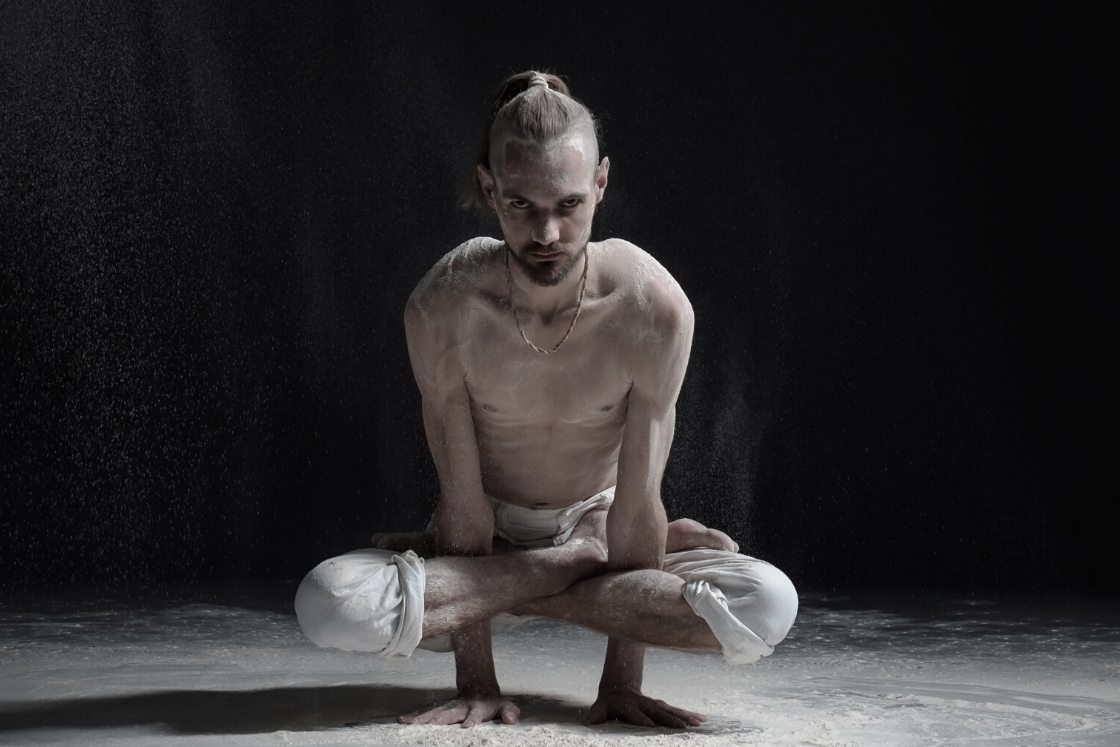
Kukkutasana is an ancient yoga pose that focuses on physical strength rather than meditation. Among the 15 poses described in the Hatha Yoga Pradipika, Kukkutasana stands out as a unique combination of arm balancing and sitting.
Anatomy of Kukkutasana
- Muscles Involved: Core muscles, triceps, and hand-wrist muscles.
- Skill Level: Advanced pose, challenging for beginners.
The final position in kukkutasana = Arm Balancing like crow pose + Sitting like lotus pose.
Meaning
In Sanskrit Kukkut means ‘cockerel’ or adult male chicken ‘rooster’. So Kukkutasana is called the ‘cockerel pose’ or the ‘rooster pose’. Some people also spell it as Kukudasana.
In Kukkutasana, legs wrapped around the forearms in Padmasana make the body resembles like a cockerel. Here, our hands and palms look like the shank and toes of a cock respectively through which whole body weight is transferred to the ground.
In another sense of meaning, rooster, the male chicken is a representation of virility. By practicing Kukkutasana, sexual energy gets focused which further can be redirected to increase the virility of the body.
Kukkutasana is commonly found in the following types of yoga sequence:
- Ashtanga Primary Series Sequence
- Iyengar yoga sequence
- Core yoga sequence
- Hip opening yoga sequence
kukkutasana Practice Guide
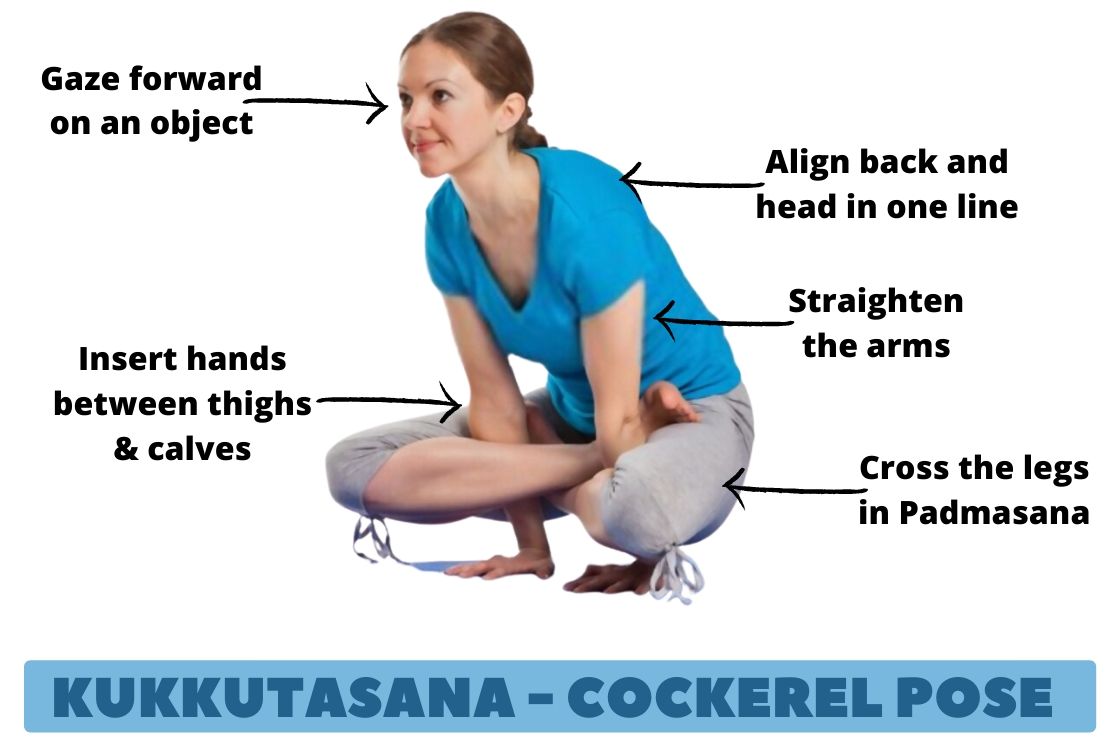
Go through the points below to practice kukkutasana easily and safely.
Precautions & Contraindications
- Avoid Kukkutasana in case of high blood pressure, heart or lung problems, back pain, hernia, prolapse, gastric ulcers, enlarged spleen, or knee injuries
- Pregnant women should avoid this, and even those who are in menstruation.
- In case of an injured wrist or weak wrist, weak elbow, or shoulder don’t practice Kukkutasana.
Preparatory Poses
These poses will prepare body to go in Kukkutasana easily.
- Padmasana (lotus pose)
- Mula Bandha (root lock)
- Tulasana (Scale pose)
How to Do Kukkutasana
Steps to Perform Kukkutasana
- Sit in Padmasana: Start in a cross-legged position.
- Insert Hands: Place hands between thighs and calves up to the elbows.
- Position Hands: Thumbs touching, fingers pointing forward.
- Lift Body: Exhale and lift the body using arm and core strength.
- Maintain Posture: Keep the back erect and breathe normally.
- Rest and Repeat: After holding the pose, rest, release, and switch leg crossing.
Beginners Tips
- To find balance in Kukkutasana, fix your gaze on a point or object when the body is off the ground.
- If you find it hard to insert your hands in between the legs, apply oil on your forearms and inner thighs.
- When you are raising the hips above the ground, then engage your Mula bandha i.e. pull the anus upwards.
- Don’t lean forward with your back, if you do so, you’ll lose the balance immediately and fall forward
Props & Modifications
To ease the Kukkutasana complexity, use the props mentioned below to modify pose.
- If you’re afraid of losing balance while off the ground, place a bolster in front of you to hold you in such condition. Otherwise, you might prone to injury in Kukkutasana
Kukkutasana Variations
1. Garbha Pindasana

‘Embryo in Womb Pose’ or sometimes also called Garbhasana, is a rolling variation of Kukkutasana.
2. Urdhva Kukkutasana
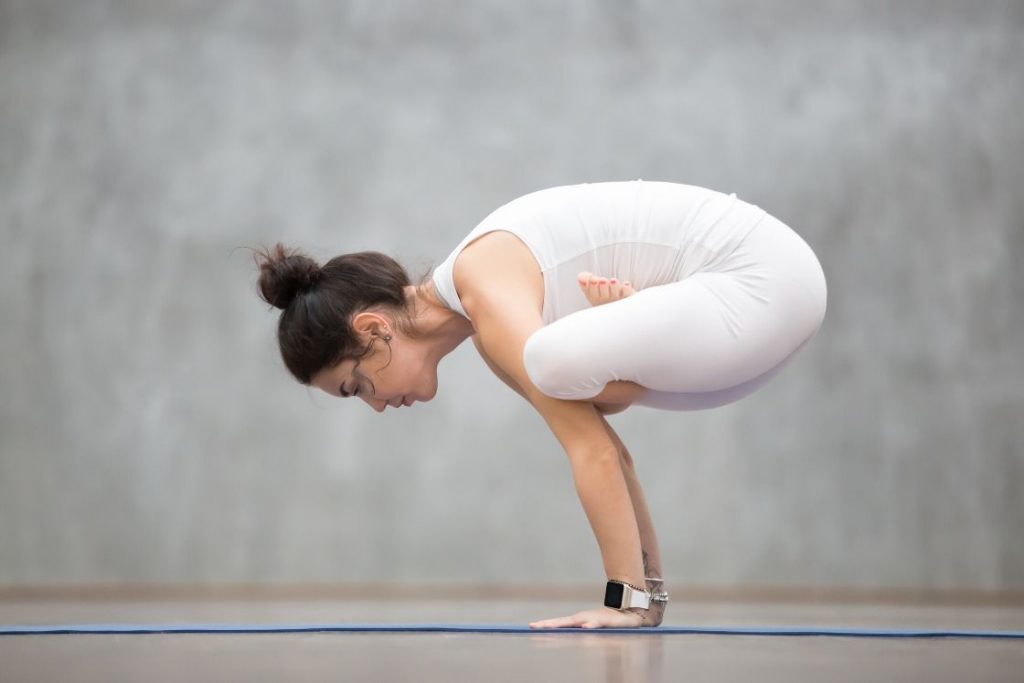
In this variation, unlike Kukkutasana, hands aren’t inserted between legs instead, placed on sides of thighs. Then, with legs in Padmasana raised and hold near armpits.
3. Parsva Kukkutasana
When in Urdhva Kukkutasana, hold the legs in Padmasana on the one elbow only, it becomes Parsva Kukkutasana (Side cockrele pose).
Follow Up Poses
- Gupta padmasana
- Urdhva padmasana in sarvangasana
- Sirsasana II
Kukkutasana Benefits
- This asana exerts immense pressure on the wrist, shoulder, ankle, and knee joints hence strengthen them. However, the regular practice of kukkutasana promotes smooth blood flow that also strengthens and tone up the concerning muscles.
- Padmasana in kukkutasana causes muscles of hips, upper thigh, and lower back to stretch, which improves their mobility. Therefore, regular practice makes one flexible.
- Abdominal Stimulation: The compression and engagement of the abdominal region can help stimulate digestive organs, improving digestion.
- Joint Stability: The pressure exerted on the joints during the pose helps to build stability and resilience in these areas.
- Foundation for Arm Balances: Mastering Kukkutasana can provide a strong foundation for other advanced arm balancing poses.
